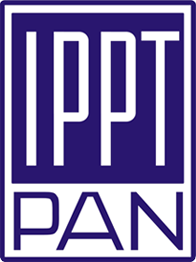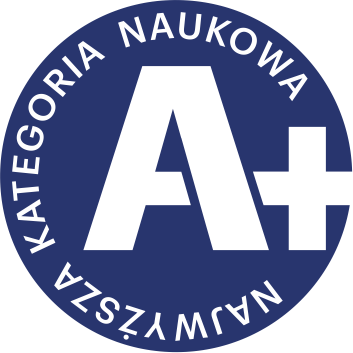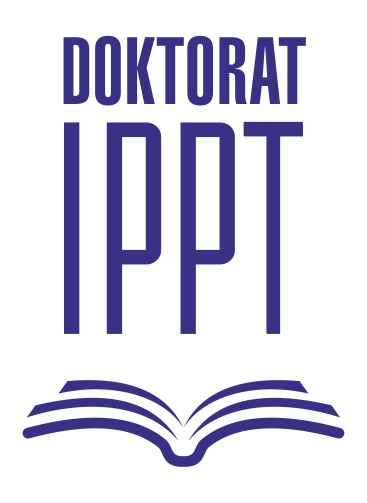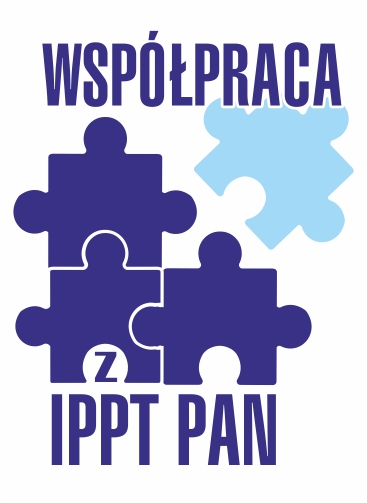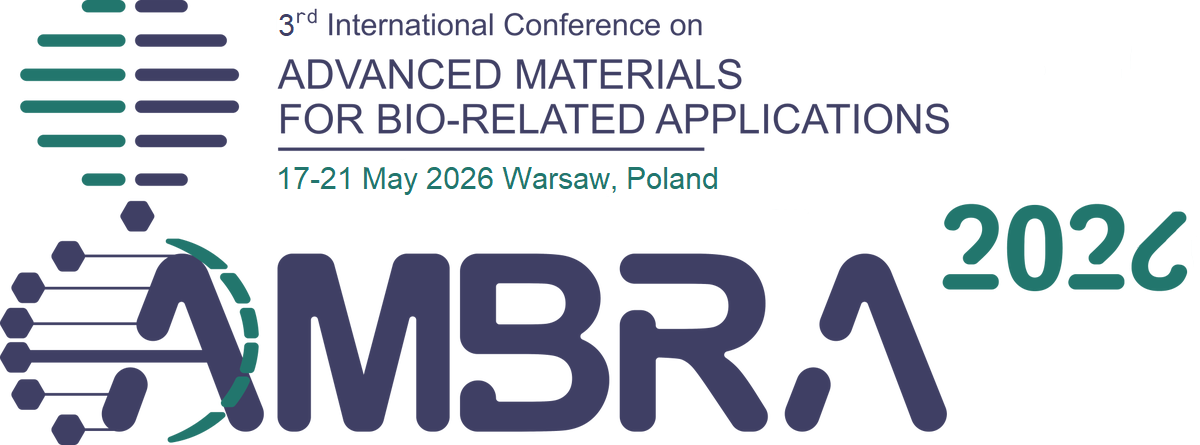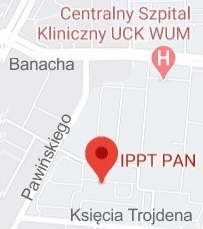| 1. |
Tabakoğlu S., Kołbuk-Konieczny D., Sajkiewicz P., Triaxial Electrospun Nanofiber Membranes for Prolonged Curcumin Release in Dental Applications: Drug Release and Biological Properties,
Molecules, ISSN: 1420-3049, DOI: 10.3390/molecules30214241, Vol.30, No.21, pp.4241-1-21, 2025 Streszczenie:
Triaxial electrospinning was used to fabricate fiber membranes composed of polycaprolactone (PCL), poly(lactic-co-glycolide) (PLGA), and gelatin (GT), designed as carriers for curcumin (Cur) delivery. Here, synthetic polyesters acted as core and shell layers, while GT formed the middle layer containing Cur at varying concentrations. This paper aimed to demonstrate the effect of a shell layer by rearranging the core and shell layers on the kinetics of model drug delivery. In vitro release results indicated the shell layer considerably affected the release behavior, reducing the initial burst release by up to 28% in triaxial fibers compared to coaxial fibers in PLGA-shell forms. The release kinetics were interpreted using the Gallagher–Corrigan model. The membranes were also evaluated for their morphological properties. PLGA-shell-layered triaxial fibers exhibited pore sizes up to approximately 11 µm, small enough to prevent cell migration, while providing higher permeability. The surface wettability analysis of the developed fibers showed that all forms exhibited hydrophilic properties. Furthermore, the cytocompatibility of the fiber membranes was confirmed with the relative cell viability of over 80%. Triaxial fibers with different shell layers displayed similar release trends, yet fibers with the PLGA shell layer demonstrated more favorable performance, attributed to its layer configuration. These findings suggest that the strategic positioning of polymers in triaxial electrospun membranes could be pivotal in optimizing drug delivery systems. Słowa kluczowe:
electrospinning, core–shell, triaxial fiber, curcumin, release behavior Afiliacje autorów:
| Tabakoğlu S. | - | IPPT PAN | | Kołbuk-Konieczny D. | - | IPPT PAN | | Sajkiewicz P. | - | IPPT PAN |
| 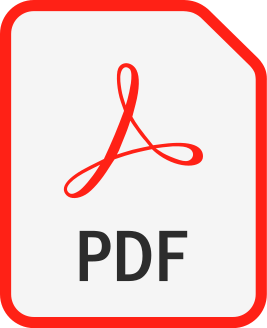 | 140p. |
| 2. |
Jeznach O., Tabakoğlu S., Zaszczyńska A., Sajkiewicz P.Ł., Review on machine learning application in tissue engineering: What has been done so far? Application areas, challenges, and perspectives,
JOURNAL OF MATERIALS SCIENCE, ISSN: 0022-2461, DOI: 10.1007/s10853-024-10449-2, Vol.59, pp.21222-21250, 2024 Streszczenie:
Artificial intelligence and machine learning (ML) approaches have recently been getting much of researchers’ attention. The growing interest in these methods results from the fast development of machine learning algorithms in the last few years, especially artificial neural networks. In this review, we pay attention to the need and benefits that ML approaches can bring to tissue engineering (TE). We critically evaluate the possibilities of using the ML approaches in the tissue engineering field. We consider various paths of its utility in the TE, such as scaffold design, predicting the biological response to the scaffold, optimizing drug delivery approaches, supporting image analysis, and modeling scaffold in vivo performance. The current status of ML implementation is presented and supported by many study examples. On the other hand, we analyze the present difficulties and challenges in implementing ML approaches to tissue engineering, including the quality of published data, databases and repositories availability, the need for experiment and results publishing standardization, and ethical issues. Additionally, we assess the available natural language processing tools that could support TE research. Afiliacje autorów:
| Jeznach O. | - | IPPT PAN | | Tabakoğlu S. | - | IPPT PAN | | Zaszczyńska A. | - | IPPT PAN | | Sajkiewicz P.Ł. | - | IPPT PAN |
|  | 100p. |
| 3. |
Tabakoğlu S., Kołbuk-Konieczny D., Sajkiewicz P., Multifluid electrospinning for multi-drug delivery systems: pros and cons, challenges, and future directions,
Biomaterials Science, ISSN: 2047-4849, DOI: 10.1039/D2BM01513G, pp.1-25, 2022 Streszczenie:
The electrospinning method has been widely used to produce nano/micro fibers for various applications. As a drug delivery system, electrospun fibers display many advantages such as controlled drug delivery kinetics and the ability to deliver drugs locally. A drug delivery system improves delivery efficiency and reduces possible toxic effects. In particular, multiaxial fibers consisting of two or more fluid components have drawn attention for the simultaneous administration of multiple therapeutic agents for sustained delivery and effective treatment. This review discusses recently studied multi-compartment electrospun fibers, including side-by-side (Janus) and axially symmetric fibers – coaxial and triaxial – from the perspective of multi-drug incorporation. It begins with an overview of conventional uniaxial single-fluid electrospinning methods for drug delivery applications, then highlights the advantages of multi-compartment fibers for multi-substance loading/delivery and the advances in triaxial fibers that seem to be promising from the perspective of challenges for dressings and tissue regeneration. Furthermore, drug release mechanisms and kinetics are discussed in the controlled delivery of multiple therapeutics in fibers. In the conclusion, current biomedical applications of multi-drug delivery systems in selected applications and future perspectives are presented. Afiliacje autorów:
| Tabakoğlu S. | - | IPPT PAN | | Kołbuk-Konieczny D. | - | IPPT PAN | | Sajkiewicz P. | - | IPPT PAN |
|  | 140p. |




